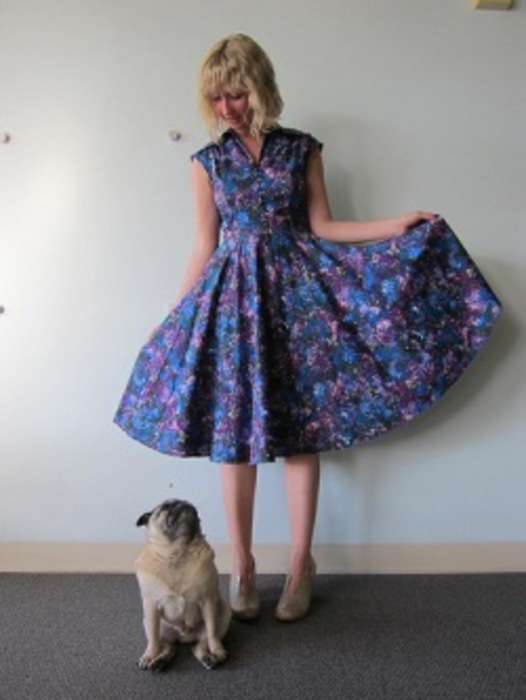Great customer engagement is creative, appealing and above all, entertaining. That’s why Modcloth, a vintage and faux-vintage clothing website, is such a great example of multichannel marketing success.
Modcloth has exploded from a tiny start-up in Pittsburgh in 2006 to a company with nearly 300 employees based in San Francisco — a fitting locale for the hip, chic business.
Modcloth has teams of employees dedicated to consumer engagement. These employees tweet back at customers who tweet photos of themselves in fabulous new Mod-wear, and they dish out big-time compliments to their fashionable consumers. And even founder Susan Gregg Koger’s pug, Winston, has a Facebook page with the other so-called ModDogs.
Modcloth’s blog doesn’t overtly focus on sales at all. Rather, it focuses on vintage fashion, crafts, food and other topics that targeted Modcloth shoppers would probably enjoy reading about. The company has a “be the buyer” feature on its website, which allows frequent visitors to help decide which products the company will carry in the future.
Each clicked-on item is easy to share, too, with buttons linking to Pinterest, Facebook, Twitter and more. Tell your friends.
The more times a company touches a consumer through various channels, the more likely they are to buy. And the more they feel connected to a brand, the more likely they are to buy from it again and again. Personal connection has been a key to Modcloth’s success.
Full disclosure: I’m a patron of Modcloth and I am heavily interested in fashion. But even so, it’s hard to deny that Modcloth’s multi-pronged direct marketing and e-commerce approach is, well, pretty awesome.
The philosophy is all too simple and versatile, like a perfect, little black dress: Get consumers to come to your website for a wide variety of reasons and they’ll keep coming back for more.








